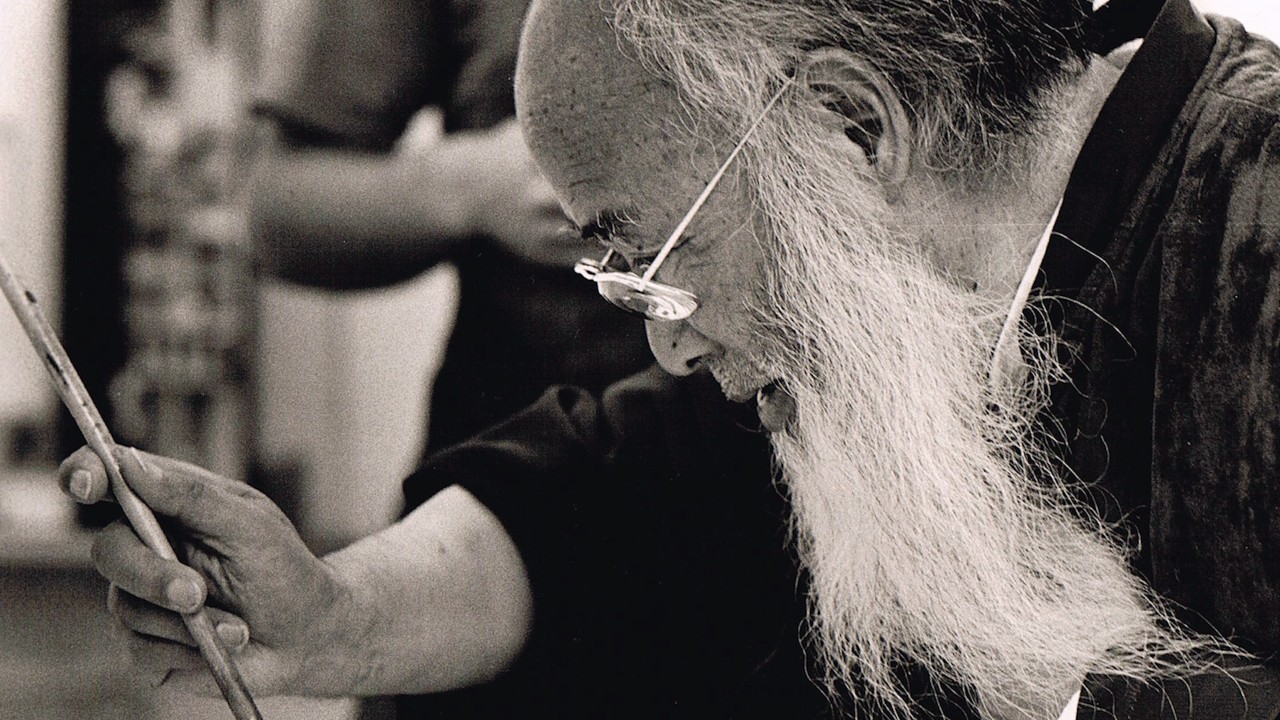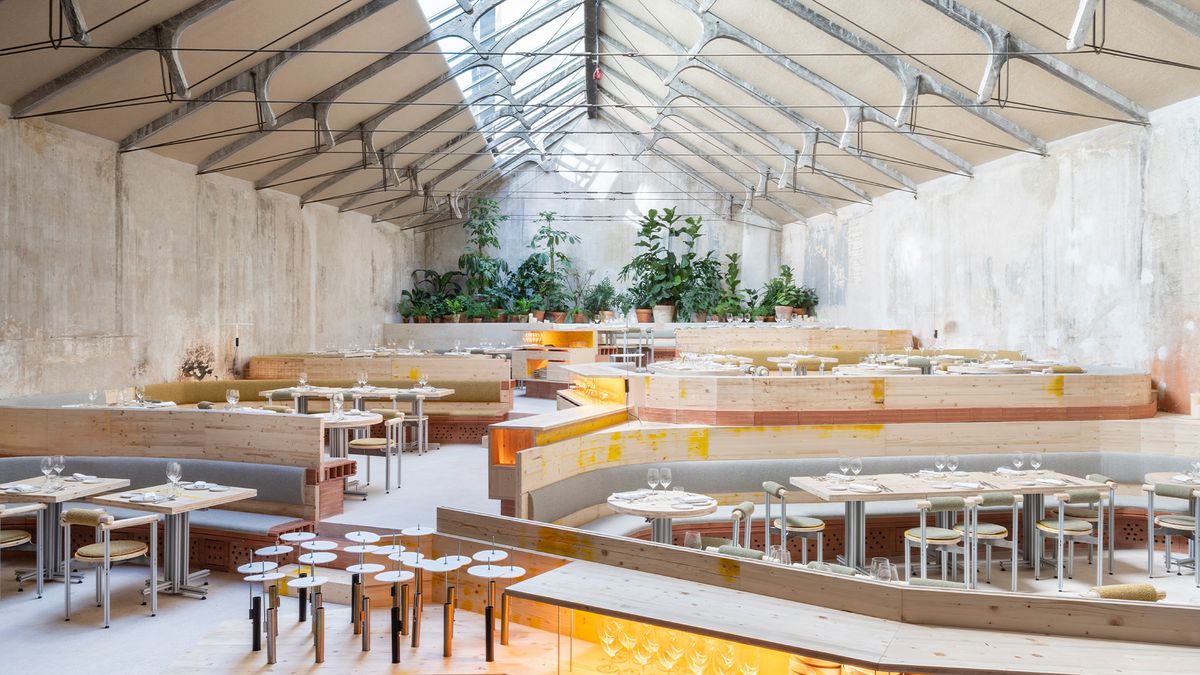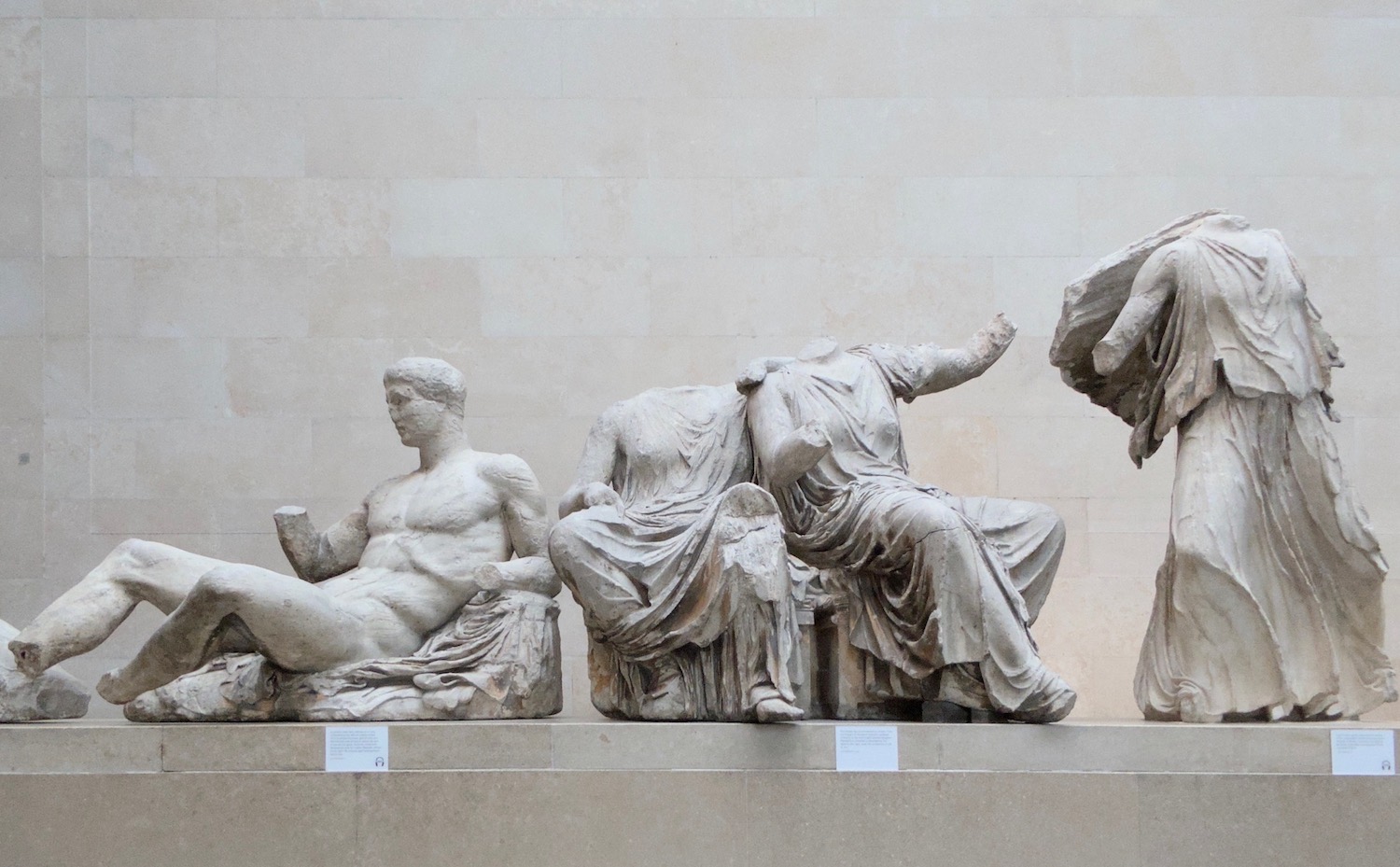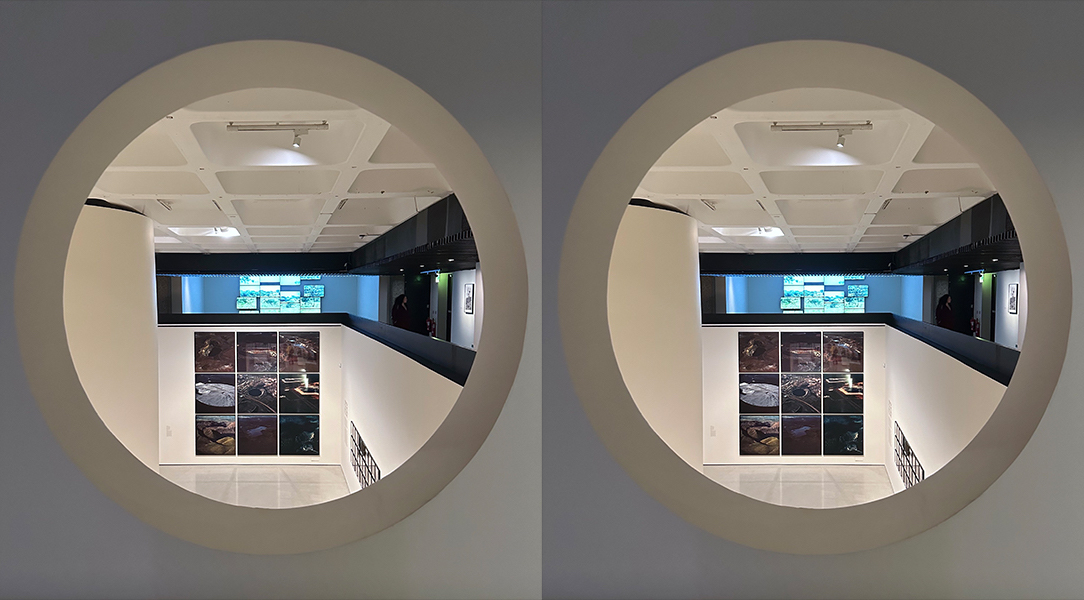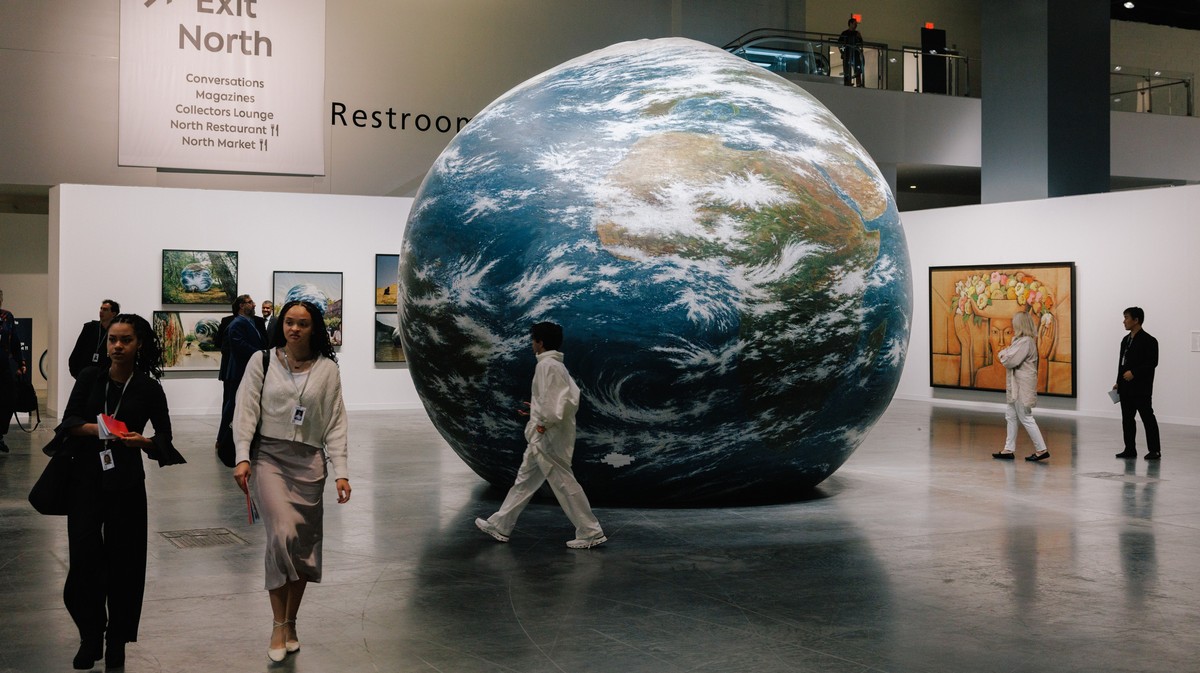I Travestiti, Cristina
1969 - Photography (Photography)
40 x 30 cm
Lisetta Carmi
On New Year’s Eve in 1965, Lisette Carmi met and photographed a group of transgender people living and working on the Via del Campo in Genoa–the main street for prostitution in the city, located in the former Jewish ghetto. This encounter was the beginning of a seven year relationship with the group, and led to the publication of I Travestiti (1972), a controversial book that comprised all of the images Carmi took of the group between 1965-1971. Forming close friendships with the people she portrayed, the artist rented an attic near Via del Campo in Genoa to live with them, she captured the everyday lives of the group, depicting sex work from a new perspective. The series I Travestiti represents a deeply sensitive meditation on gender identity which documents the portraits, moments, and environments of the Genoese trans community. In this image, titled Cristina , the last survivor of the community photographed by Carmi poses casually inside the safe space of their apartment. They are in full make-up, sheathed in a crimson dressing gown, and surrounded by the quiet opulence of their bedroom. Carmi was the first artist to photograph the LGBTQ community in Italy. At the time, Italian society was deeply Catholic and highly conservative and gender identity was (and is still now) a taboo subject. Created with profound esteem, this series was also to some extent a mode of introspection and personal discovery for Carmi, linked to the experience of being a woman in a deeply misogynistic culture. Like her other photographic investigations, this series focuses on labor in marginalized communities. However, as this portrait of Cristina demonstrates, the work is more perceivably about friendship, rather than a photo-anthropological study.
Lisetta Carmi was born into a middle-class Jewish family in Genoa, Italy. Though she originally studied music, in 1960, Carmi gave up her career as a successful concert pianist in favor of photography. With the neo-fascist and reactionary uprisings of the 1960s, Carmi began participating in leftist protest movements. Inspired by this context, she used the camera as a tool for political activism to experience and share with those who aspire recognition in the common social space. Her most important photo series’ include L’ Italsider (1962), which represents the interiors and exteriors of steel mills; Genova, il porto (1964), which articulates a post-war testimony of labor; and Erotismo e autoritarismo a Staglieno (1966), which documents a historic cemetery in the Staglieno district of Genoa. One of her most significant projects, I Travestiti , depicts a group of trans people living and working on the Via del Campo in Genoa.
Colors:
Related works sharing similar palette

© » KADIST
Leslie Shows
Human Quarry is a large work on paper by Leslie Shows made of a combination of acrylic paint and collage...

© » KADIST
Diego Marcon
2017Monelle by Diego Marcon was filmed at night inside the infamous Casa del Fascio, the headquarters of the local Fascist Party in Como Italy, designed by Giuseppe Terragni under Mussolini’s rule...

© » THEARTNEWSPER
Louvre raises ticket prices by 30% in Olympics year Art market Museums & heritage Exhibitions Books Podcasts Columns Technology Adventures with Van Gogh Search Search Museums & Heritage news Louvre raises ticket prices by 30% in Olympics year The price increase will help to subsidise free entry for some visitors and regulate crowd size Gareth Harris 12 December 2023 Share The museum's last ticket raise occurred in 2017 Photo: Inge Knoff via Flickr The Musée du Louvre in Paris is increasing its basic ticket price from €17 to €22 from 15 January as part of a plan to support free admission programmes for some visitors...

© » KADIST
Saturday, March 3 3pm to 4.30pm Exhibition Walkthrough of If These Stones Could Sing and Falling Wall , performance by Public Movement Curator Marie Martraire will lead a walkthrough of If These Stones Could Sing , a group show on view which focuses on the body as a site to engage the politics of public monuments...

© » KADIST
Edgar Arceneaux
2006Untitled (Wheelchair Drawing) is a ten-foot photo transfer of the image of a wheelchair with burning embers in its seat...

© » KADIST
Fernanda Gomes
2013For this floor based work, Gomes has taken two lengths of bamboo and tied them together using linen thread...

© » KADIST
Aurélien Froment
2008dbqp is a photographic series in which the artist handles an enlargement of the plate with three cutout windows which was used for L’Archipel (The Archipelago) in collaboration with Pierre Leguillon...

© » HYPERALLERGIC
7 Art Shows to See in New York, February 2024 Skip to content A detail of Apollinaria Broche’s “I Close My Eyes Then I Drift Away” (2023) at Marianne Boesky Gallery (photo Hrag Vartanian/ Hyperallergic ) The short month of February still packs a lot of art in New York City, from a survey of the influential Godzilla Asian American Arts Network to Apollinaria Broche’s whimsical ceramics and Aki Sasamoto’s experimentations with snail shells and Magic Erasers in her solo show at the Queens Museum...



